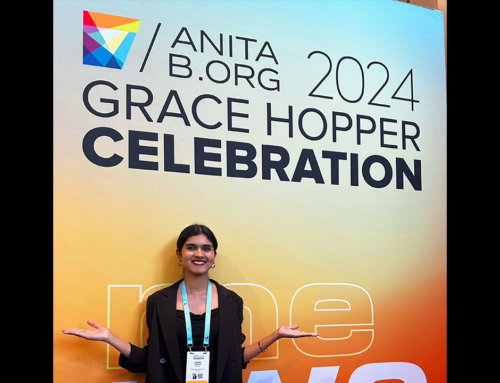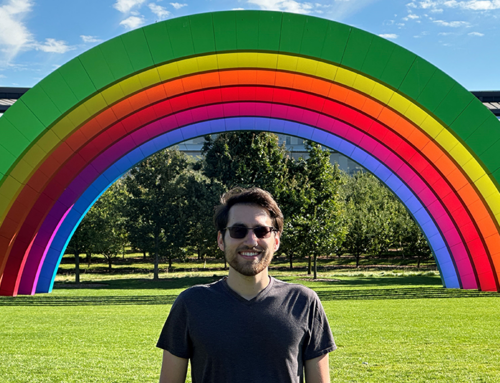By Dana Yamashita
Tomorrow, the Mars Perseverance rover will join the Sojourner, Spirit and Opportunity, and Curiosity rovers in exploration of the “red planet.” Rensselaer, which has a long history in space research and exploration, will host a virtual watch party to celebrate the landing.
Many alumni have had hands-on experience with the rovers. Kobie Boykins ’96 is a senior mechanical engineer at NASA’s Jet Propulsion Laboratory, and has played a key role in the design of three Mars rovers. Frederick Serricchio ’94, attitude control system engineer for cruise and entry, descent and landing (EDL), and Michael Meyer ’74, lead scientist of NASA’s Mars Exploration Program, also played key roles in the Spirit and Opportunity rovers.
For the current mission, Bob Balaram ’82 is the chief engineer for the Mars Helicopter Scout Study/Project, Sivin Joseph Kenig ’09 is working with the development team for the sampling system, and Andrew L. Weiner ’18 worked on the sky crane.
Other alumni also have had a long history of advancing space research at organizations such as NASA, SpaceX, Boeing, Lockheed Martin, and Blue Origin.
Alumna Marta Bohn-Meyer ’79 became the first female crewmember for NASA assigned to the triple-sonic SR-71 Blackbird aircraft, and Kat Coderre ’06 is a staff systems engineer for Lockheed Martin in the Advanced Programs Group within the Commercial Civil Space area.
Three alumni have been to space: Rick Mastracchio ’87 conducted nine spacewalks and had a six-month mission aboard the International Space Station; John Swigert Jr. ’65 went into space with Apollo 13; and G. Reid Wiseman ’97 served as a flight engineer aboard the International Space Station for Expedition 41.
George Low’ 48 was one of the leading advocates for a lunar landing program. He was behind the decision to turn Apollo 8 into a lunar orbit mission in 1968, when it became apparent that the lunar module was not ready for flight. When Time put the Apollo 8 crew on the cover of its publication in January 1969, it singled out Low and noted that Low’s decision gave the United States time to concentrate on landing a man on the moon, which happened with Apollo 11.
Rensselaer faculty have also had many roles in space-related work. Kurt Anderson, professor of mechanical, aerospace, and nuclear engineering, is designing a trash collector for space — aptly named OSCaR, or Obsolete Spacecraft Capture and Removal — to tackle the growing and dangerous challenge of space debris, while Joel Plawsky, professor and head of the Department of Chemical and Biological Engineering, and Professor Emeritus Peter Wayner have sent a series of wickless heat pipes to the International Space Station.
On the research side, Cynthia Collins, associate professor of chemical and biological engineering, Joel Plawsky, and Jonathan Dordick, the Howard P. Isermann ’42 Professor of Chemical and Biological Engineering have investigated ways to prevent the formation and spread of clusters of bacteria, which is key to understanding and mitigating risks astronauts face during long-term space flights.
Professor of Mechanical, Aerospace, and Nuclear Engineering Amir Hirsa’s research is laying the groundwork for a better understanding of the amyloids associated with diseases like Alzheimer’s and Parkinson’s; Heidi Jo Newberg, professor of physics, applied physics, and astronomy, studies the structure of the Milky Way; and Karyn Rogers, assistant professor of earth and environmental sciences, is part of a new NASA consortium working to identify what planetary conditions may have given rise to life on Earth.
Together, Rensselaer alumni, faculty, and students continue the rich tradition of space exploration and reaching for the stars.




